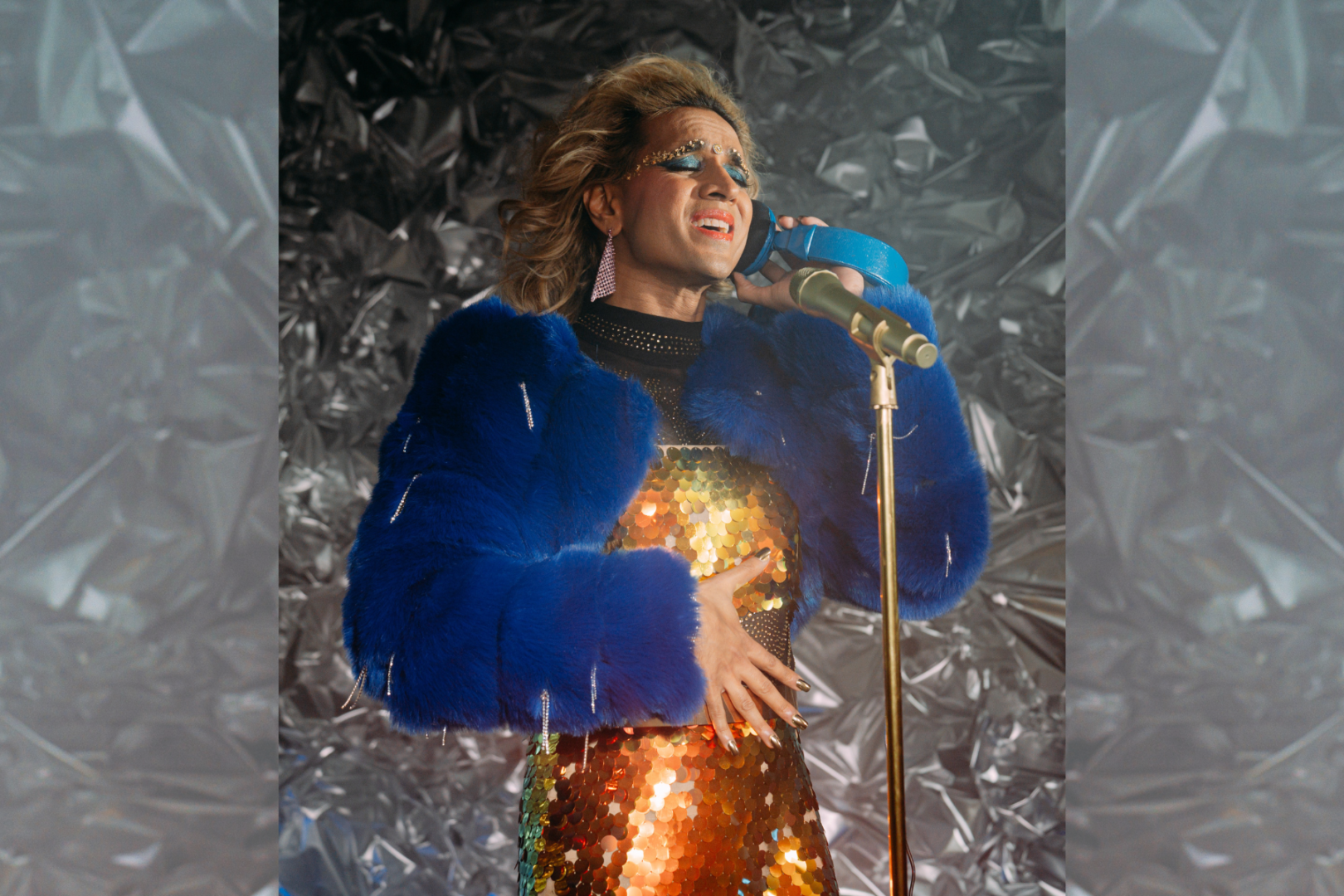
From a queer brown boy in Edmonton, Alberta (Canada) to now a fabulous trans femme artist in her 40s, Vivek Shraya is no stranger to life and its unpredictable journey. Her love for music as a young boy transcended any naysayer, and as she got older, she was hopeful that she’ll make it in the world of music one day; her ambitions were strong and the inhibitions were defeated by her love for the arts.
Art and poetry gave me a place to express the loneliness, the isolation, the frustration, the pain that I was experiencing.
But, as Shraya ventured deeper into the industry, she found that it wasn’t an easy code to crack. She moved from Edmonton to Toronto for better opportunities to showcase her talents, but the city gave her a wakeup call:
I found it really hard to create a music career and so at around 30, I broke up with music — even though technically in my 30s I kept making music — that was the first moment in my career that it occurred to me that I wasn’t entitled to success.. Just because I was a nominally good singer, had some decent contacts, was full of ambition, and was a hard worker, that didn’t necessarily guarantee I would be successful.
Shraya knew she was a creative person and couldn’t give up her creativity in the name of the failure she faced with her music. She ventured into writing her first (self-published) book, “God Loves Hair,” and that’s when she realized that she could still explore the arts through different mediums — books and short films. She continued to write, but at the back of her mind, she hadn’t given up on music.
View this post on Instagram
Once people started showing interest in my other work, I was constantly trying to figure out how to use that interest to leverage my music. So if I was doing a reading, I was singing songs; if I was putting out a book, it was like ‘how do I put out a single that’s attached to that book?’ If I was making a film, it was like ‘how do I score for the film and have a song?’
Even with all the work in place, and using it to her advantage to further her music, Shraya says that by the age of 38/39, she knew that a successful career in music was,
Never gonna happen.
And that’s when she made a play about failure — “How To Fail As A Popstar” — which has now turned into a show on CBC Gem. Shraya took her story (and lessons) on failure and turned it into an incredible and relatable story for the masses to watch in the comfort of their own homes. She came out triumphant at the end, after all.
We sit down with Shraya for an exclusive chat about “How to Fail as a Popstar” — its inception (revisited), if she ever thought the story would go from book to play to CBC Gem as a show, and how diversity and inclusion are at the core of the series. There’s also a special surprise at the end you don’t want to miss!
Have a look:
You can now watch “How to Fail as a Popstar” on CBC Gem!




